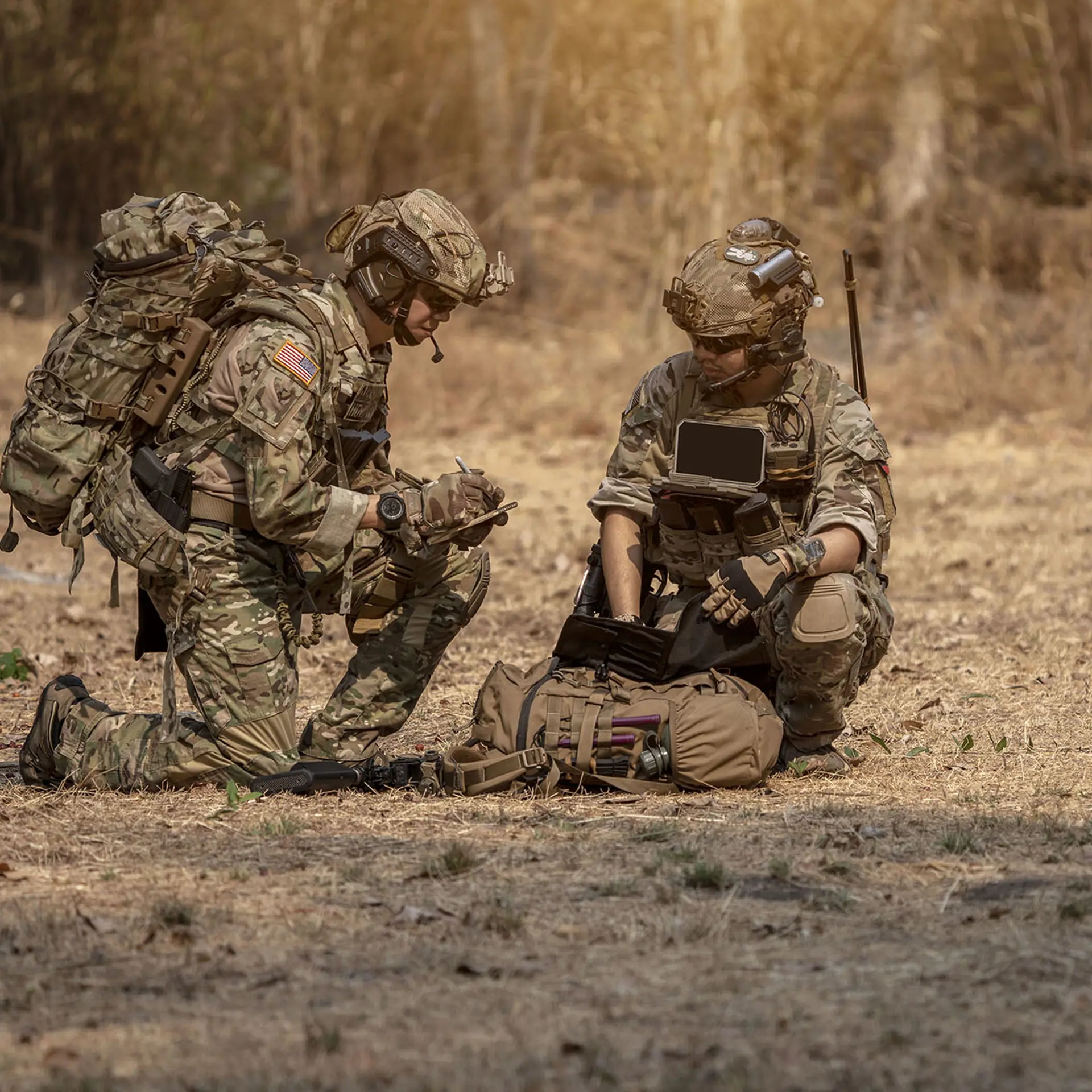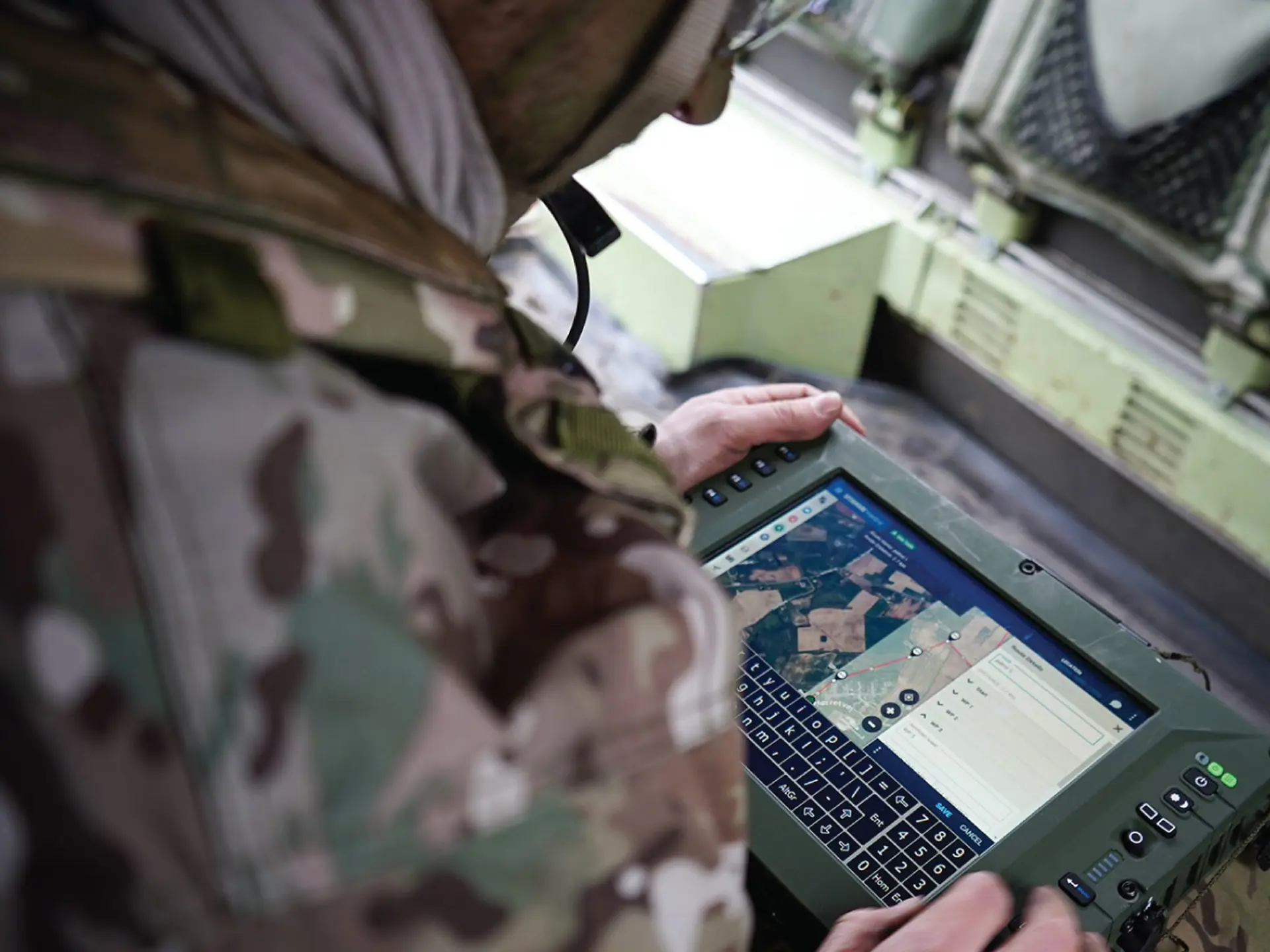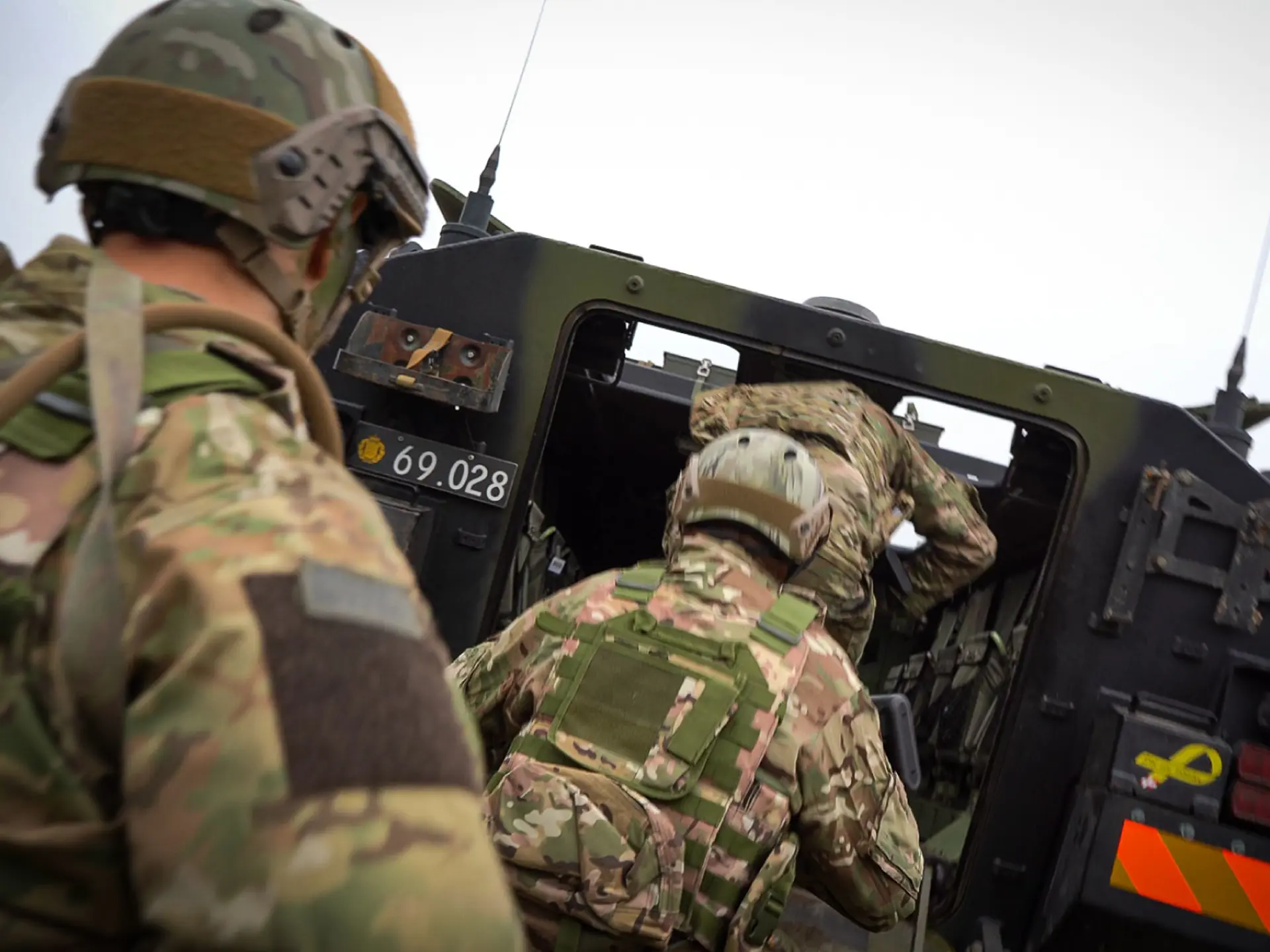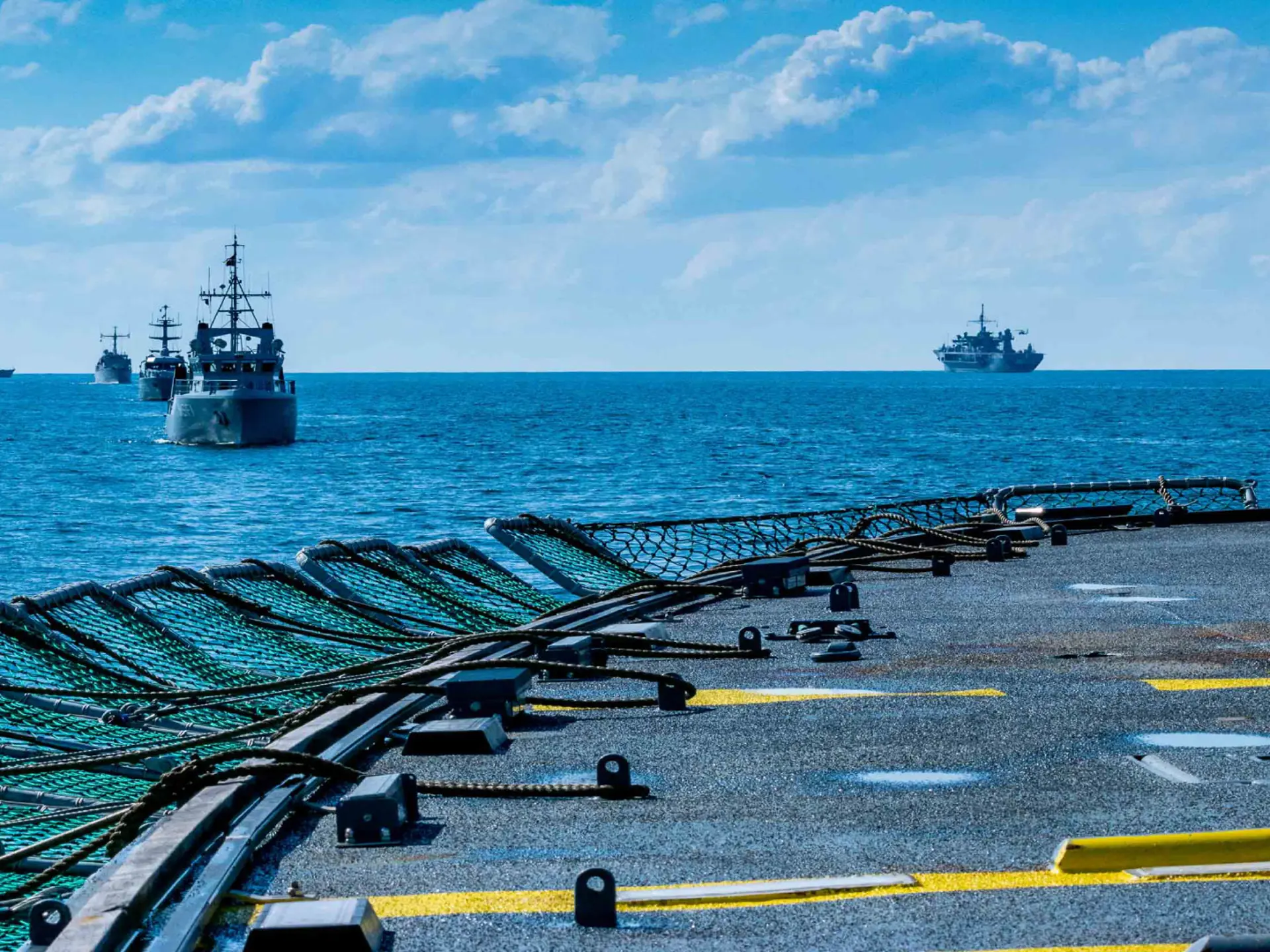Ensuring the message gets through
Developing your communications architecture to support your C4ISR systems requires PACE planning – identifying your primary, alternate, contingency, and emergency channels and methods. After over two decades of low-intensity conflict, where an opponent has had limited or little technology to compete with a deployed force, militaries are now having to consider the requirements for operations against opponents with sophisticated electronic warfare capabilities and the means to disrupt, deny, interfere, or limit (DDIL) communications.
Planning your communications architecture to allow for fallbacks is a key part of building resilience, ensuring that the military decision-making process (MDMP) and data delivery can continue with as little interruption as possible.
What is PACE Communication?
Watch the video to learn why it's crucial to design a communication plan with built-in fallbacks to ensure resilience, enable uninterrupted decision-making, and maintain the smooth flow of data across the battlespace.

Dealing with DDIL
After over two + decades of low-intensity conflict, where an opponent has had limited or little technology to electronically compete with a deployed force, militaries are now having to consider the requirements for operations against opponents with sophisticated electronic warfare (EW) capabilities and the means to disrupt, deny, interfere, or limit (DDIL) communications.
Degradation of communications capabilities can be a leading cause for moving to other channels in the PACE hierarchy. As counter-EW planning increases in prominence, taking the strengths and weaknesses of each channel into account will help ensure that the flow of critical mission data and information, as well as the MDMP, remains unbroken.
Self-healing networks
As mobility in command posts is becoming more important to maintain security and survivability on the battlefield, the need for data switching and prioritisation is also increasing. A node may need to go offline to redeploy, meaning that network redundancy and communication switching may need to adapt to new routing.
Having communication protocols that can adjust swiftly to new routing ensures that a PACE plan can be easily delivered to all users within a network, minimising disruption and enabling the military decision-making process to continue.
Data caching
In the modern digitalised battlespace, the role of messaging and data transfer is increasingly important. With the volume of data that sensors generate potentially extending into Gigabytes per hour, time offline can mean that critical information is lost or delayed. When service is restored, how do you ensure that the most critical information is relayed first, and that users do not drown in information that may be dated and irrelevant?
This role falls to the software within a battle management system (BMS). Prioritising the data that is sent and the order that it is delivered over a limited connection helps users to rapidly re-integrate into a situation when they reconnect. In creating a prioritisation process, it means that as users are reconnected they are not faced with lengthy download times for data that may be outdated or irrelevant.
Caching the data also has to take place somewhere on the network, as the data which is synchronised is delivered from other users across the network. Storage can take place within a node’s own local storage, and be synchronised across a network, or be located on a relay node acting as a dedicated cache and repository. As a result, there needs to be some consideration of data storage and warehousing as part of a digital system’s architecture.
Communications requirements
In dealing with your decision of your PACE communications protocols, asking the question of how much time you can accommodate between data generation and data delivery can guide the design of your communications plan. In an emergency, delivery of data outputs on physical media may be the best way to ensure that the information gets through securely. This may involve loading secure mobile storage devices with data and then taking them by courier – either by land or scheduled military flight – to another location for processing onto a network.
In the aerial imaging and sensing domain, this digitalisation of this workflow has come about as digital imaging sensors have improved. The transition from “wet” film, that needed processing after delivery, to high-resolution digital stills, allowed for a major reduction in the processing time for the intelligence cycle. When this was shortened further to allow high-resolution live-streaming video, the latency in the intelligence cycle was reduced even further.
When dealing with communications systems transitioning from one protocol to another, such as from primary to alternate, knowing which data is the highest priority to transmit is a core part of re-establishing a node. Prioritising the most essential information and postponing the delivery of additional data that may slow a network - such as large video files - is a fundamental part of ensuring timely delivery. Establishing what data is important to the mission set, and how much time can pass before it is delivered, is another part of the communications plan.
In planning your PACE capabilities, asking how much latency you can tolerate for each category will help with devising the communications protocols and their fallbacks.
When deciding on each of your communications systems’ role in the mission command structure, understanding their ability to replicate scaling can help to decide their position in the PACE hierarchy, in addition to the interaction between echelons over new networks.
For example, using an IP-based radio network may limit the number of users within a network based on IP addresses. As a result, it may be necessary to split a user group into smaller organisations, while still finding ways to ensure that they can still communicate with each both within their core user groups, and to other user groups as needed.
Scalability can also extend to data delivery. To what extent does your PACE plan account for increases or decreases in data delivery? Alternative communications systems may not have the data throughput that a primary communications system has, meaning that decisions on what data to prioritise forms part of the PACE planning as bandwidth may get significantly reduced.
An articulated PACE plan can also help ensure the delivery of data over a wide variety of users in multiple domains. As joint operations become the norm, and data delivery needs to take place across a variety of forces, ensuring that the right data is delivered according to the PACE plan is critical.
While the communications backbones may be able to support data transmission at differing levels of bandwidth, having access to the right gateways to receive and process the data is just as vital. Adopting a different data transmission protocol as part of a PACE plan may mean that some partners are unable to receive and act on the data. This can be particularly important on coalition operations, where partners may not have access to some gateways and communications protocols, but require access to data to allow for joint operations.





